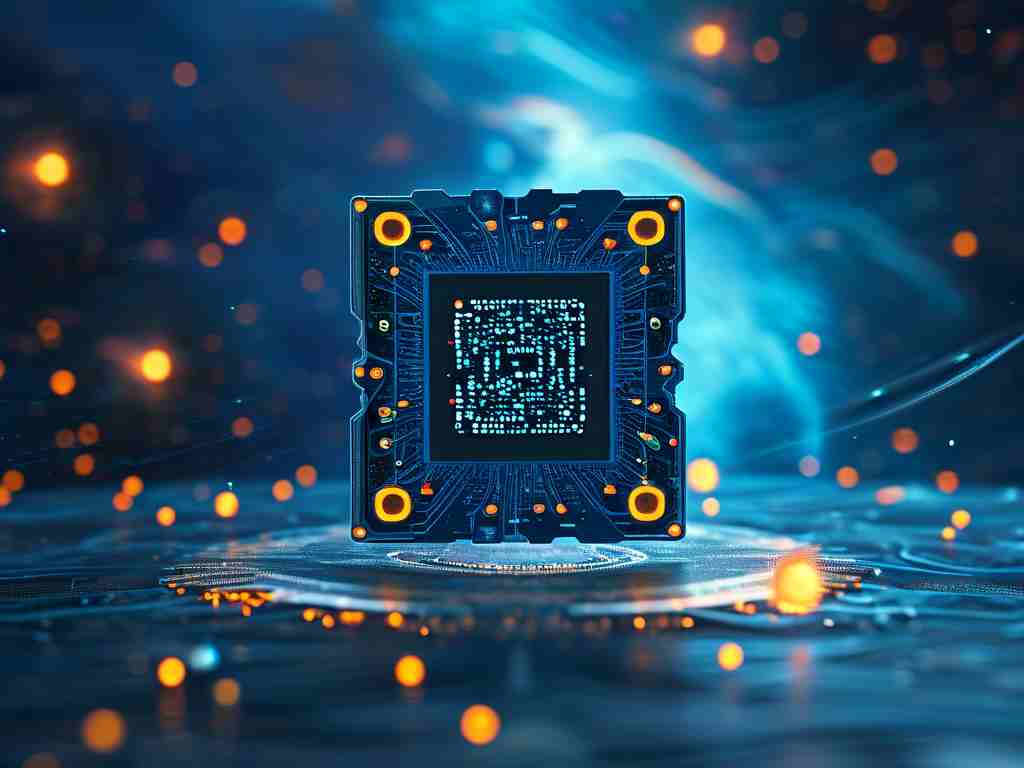The concept of quantum memory challenges traditional computing paradigms by operating through quantum states rather than classical binary storage. Unlike conventional memory measured in gigabytes, quantum systems utilize qubits – quantum bits capable of existing in superposition states. Current experimental quantum computers like IBM's 433-qubit Osprey or Google's 72-qubit Bristlecone don’t equate qubit count directly to "memory size" but rather demonstrate computational potential through entangled states.

A single qubit theoretically holds infinite information due to superposition, but practical extraction faces quantum decoherence and measurement limitations. Researchers estimate that simulating 50 perfect qubits would require over 4 petabytes of classical memory, exposing the exponential scaling relationship. This reveals why quantum memory capacity defies linear measurement – each added qubit doubles the state space through quantum entanglement.
The physical implementation varies across technologies: superconducting qubits need cryogenic environments, trapped-ion systems require ultra-high vacuum chambers, and photonic qubits demand precision optics. These engineering constraints directly impact functional "memory" duration. IBM's quantum volume metric combines qubit count, connectivity, and error rates to assess real-world capability, showing how memory-like functions depend on multiple interdependent factors.
Recent breakthroughs in error-corrected logical qubits suggest future systems could stabilize quantum states longer. Microsoft's topological qubit experiments and Quantinuum's fault-tolerant architecture demonstrate progress toward practical quantum memory. However, maintaining 1,000 logical qubits might require millions of physical qubits due to error correction overhead, presenting a scalability challenge.
Industry applications highlight unique memory requirements: quantum chemistry simulations need stable qubit arrays to model molecular orbitals, while optimization algorithms require coherent qubit networks. Unlike classical RAM, quantum memory operates through dynamic entanglement patterns rather than static data storage, fundamentally redefining information retention concepts.
Theoretical frameworks propose hybrid quantum-classical memory architectures. Rigetti Computing's quantum cloud services already integrate classical co-processors for intermediate data handling. This blended approach acknowledges that pure quantum memory remains experimental, with most systems currently relying on classical components for error correction and data I/O.
As the field evolves, standardized metrics for quantum memory capacity may emerge. The Quantum Economic Development Consortium is developing benchmarking protocols that could include memory persistence time and entanglement density. These measurements will better quantify quantum memory capabilities as hardware matures beyond the NISQ (Noisy Intermediate-Scale Quantum) era.
Future developments in quantum memory could enable unprecedented data processing feats. A 100-qubit system with 10-second coherence time might outperform classical supercomputers in specific tasks, though general-purpose quantum memory remains decades away. The race continues to balance qubit quantity, quality, and controllability – the true determinants of quantum memory's ultimate capacity.






